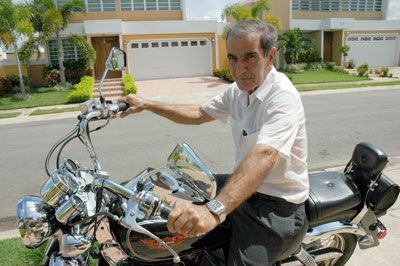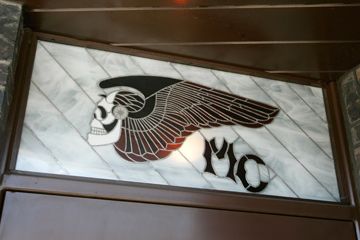On one hand, it seems obvious that a little extra padding and maybe the rigidity of a carbon-fiber rod here and there would do good things for you when you're bouncing along the pavement. On the other hand, can even today's high-tech body armor do any good? Sure, everyone knows a helmet is indispensable, but what else is really necessary? Wouldn't you be better off staying comfortable and maneuverable, and using your unfettered body to steer clear of crashes, rather than depending on a heavy, overheating exoskeleton that doesn't do any good, anyway?
Believe it or not, science has a definitive answer.
Advertisement
The go-to source on such armor is a 2006 paper titled "The Injury Reduction Benefits of Motorcycle Protective Clothing," presented to the National Transportation Safety Board at the Motorcycle Safety Forum in Sydney, Australia [source: De Rome]. In a nutshell, it states that, "Although protective clothing cannot prevent injuries in a high-impact crash, most motorcycle crashes don't occur at high speed." In fact, a recent report nicknamed MAIDS (Motorcycle Accident In-Depth Study) found that 75 percent of all motorcycle crashes take place at speeds slower than 35 miles (56.3 kilometers) per hour -- and at these lower speeds, body armor or other protective clothing can mean the difference between walking away and being carried to the ER.
Specifically, riders who wear leathers spend an average of seven days less in the hospital and return to work on average 20 days earlier than riders who crashed without leathers [source: Schuller et al]. And with the MAIDS study finding that 40 percent of crashes result in skidding without further impact, that's another tally in the pro armor column. Similarly, armor has been proven to reduce the severity of lower-body injuries, pipe burns, and chipped elbows and knees [source: Public Health Intelligence Team].
In short, motorcycle body armor reduces injury. And these injuries are both common and detrimental enough to be worth preventing.
For more great motorcycle articles, check out the links on the next page.
Advertisement



